Community, State, and the Virus
Research Fellow
Centre for Political Studies, Jawaharlal Nehru University
A society can act through communities which are in turn formed and reproduced through sharing of pleasures and losses. A community is one where people know what they are achieving and losing- both collectively as well as personally. The deadly Covid-19 pandemic has encircled perhaps the whole of humanity into its effects but it has strangely caused personalized suffering, unlike catastrophes such as earthquakes, tsunamis, or floods that are faced together.
It undoubtedly sparked display of the best of comradery, though largely in specific urban areas, as many people risked their health to arrange for medicines, oxygen, and injections for infected ones, when the incapacity of health infrastructure and sheer insensitiveness of the Central political leadership came to hit the dependent citizens harshly. However, besides communion in a struggle for saving the dying, mourning for the dead had been displaced from public view and conscience.
Who died and how?
Manto said that the death of one man is death and dying of a lakh is a ‘tamasha’ (spectacle). Nonetheless, a tamasha is still effective in rendering meanings when it’s players and its theme are recognizable. The spectacle of lakhs of Covid deaths in India is empty because of anonymity of the dead, state control of the body, and routinized commentary on causes of inevitable death. People apart from family cannot know how one died, how the family felt, and even if the person died of Covid or not. Television and newspapers did not reflect who had died, governments could not acknowledge deaths in specificity, and bodies that had not reached home failed to cause feelings of grief and anguish even in localities. One cannot weep in anticipation of the expression of the corpse without actually seeing the body.
Contrast it with the killing of soldiers in Pulwama. Names and images of the deceased were published across electronic and digital media, governments saluted their sacrifice, their stories were told and India joined to grieve with the weeping families. This was not unusual. For emotions, they are not always individually possessed. One laughs and cries when one sees others doing the same. The needful outcry for oxygen and medicines perhaps has out shouted the tragedy of the passing away itself. The number of three or four thousand deaths per day didn’t tell us who were dying and how that affected us. Could we find that India was mourning lakhs of deaths in the past year? I could not.
What was killing?
Deaths are defined and explained socially. This is evident when a rural person killed in a road accident would be thought of as a victim of administrative negligence and the road would be blocked to demand compensation to his family. Though the postmortem report would cite some medical reasons, locals know that mismanagement of traffic killed him. If a covid dead body reached home, if the rest of the locality didn’t fear an infection from the family, it could have led to widespread severe feelings of resentment and rage against the responsible state failure and political indifference in managing the pandemic. The way bodies had been managed created an inability to fully make sense of the death and feel the pain of oneself and others.
In the context of the prevalence of this senselessness, any centralized narrative might not have found it impossible to establish logics of fate, previous negligence, or relative proportionality as accessible frames to understand and downplay the tragedy we were seeing and redirect disaffection to the faceless unaccountable ‘system’. The interaction of the virus is too direct and overwhelming for the victims to think of political and systemic failures while for others it has become too difficult to analyze it rationally as it doesn’t appear anymore like an avoidable health problem but a milieu difficult to respond to unless it touches them separately.
Helplessness and the State
The state as a supreme political organization claiming and enforcing legitimation from the masses, is conceived as the insurer of the normal, routine and comfortable apart from promising a field of realization of what is possible. The fundamental justification for the requirement of a state is thus its perceived capacity and interest in managing affairs for the citizens more efficiently than how they could individually do. It is not merely expected to resolve public issues and enlarge citizenry possibilities – conflicts, education, security- but be visible as the ultimate refuge for private concerns of disease, birth, and death as well.
The loud discourse of the state not doing anything despite large-scale deaths missed out on what the state productively managed to do for itself when it was publicly absent, especially during the second wave. If the ‘system’ and the highest of the authorities looked as sincerely involved and concerned for saving lives, for the citizens they would always have appeared as capable of managing the crisis and any failure could directly be attributed to them. The Indian political establishment by the very choice of not expressing pain and promise during the intense second wave somehow squeezed itself out from the circus of death.
Consequently, if the state with its public health system were not available as references to account for deaths, we were left with other apolitical references and explanations of fate, human limitation, and destiny to be able to come to terms with what was happening. We were too helpless and had suddenly found a strange realization of equality of helplessness that extended to the state as well. It was this mystic ability of the state to opportunistically descend from the position of perfect rationality and efficiency to a fallible human organization that shielded it from mass contempt against it and opened a range of other targets of the failure to be implicated together by the people and the state.
The pandemic and particularly the second wave was an opportunity for the Indian State to re draw the perimeters of the expectations that it was mandated to meet. This was an important experiment for the State to reconfigure its terms of sustenance which was heavily tied since the immediate post-colonial situation to a substantive performance of welfare and guarantee of elevation of general public betterment. It was a time for the Indian State to become near to equal with the people in their capability, ordinarily, even when it reaffirmed its extraordinary power to control spaces, movements, and bodies.
PICTURE SOURCE: The Business Standard


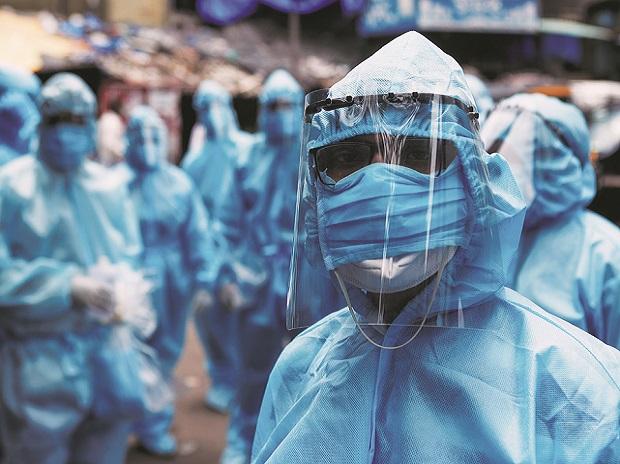
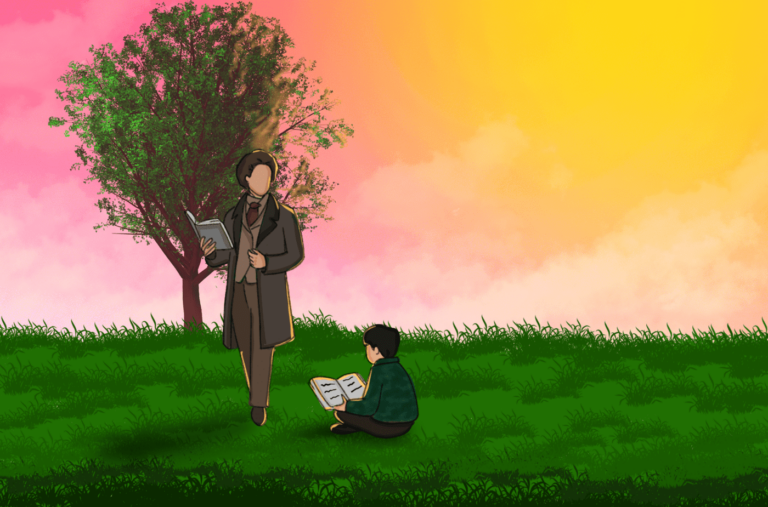
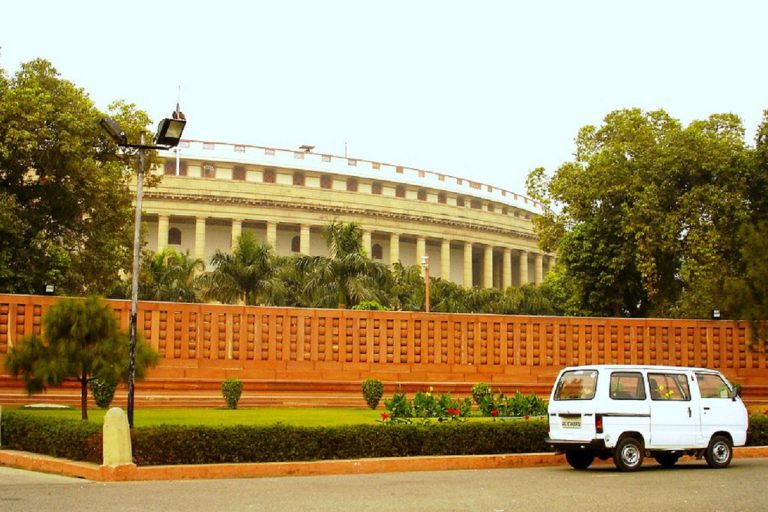
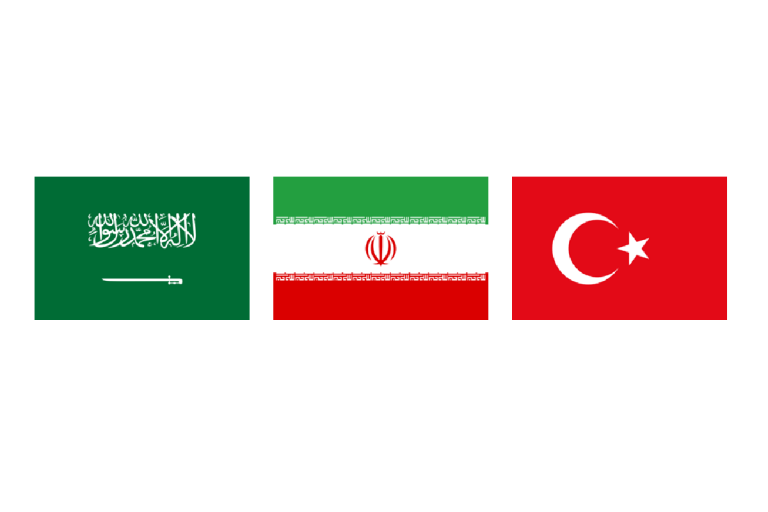

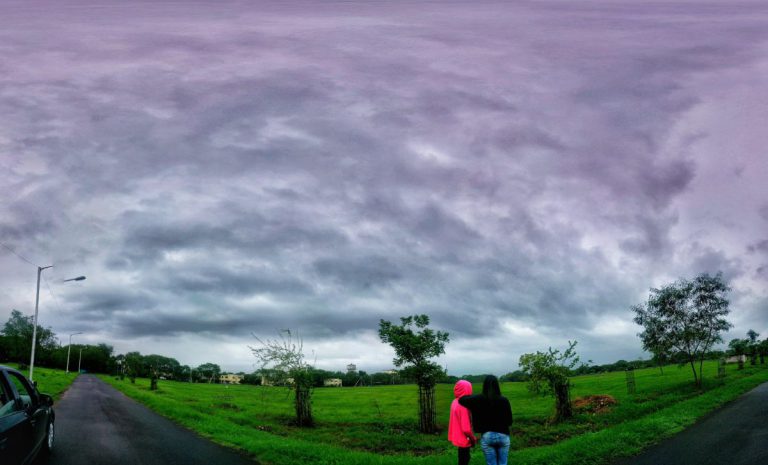
It’s very happy to see you having eyes on the society who faced a lot of lackness due to gov or may be adminstration. All the adminstration worked on which ethic nobody knows but also somehow they managed many more lives and saved too. The most suffered community is and will be always who is not in a good economical background.